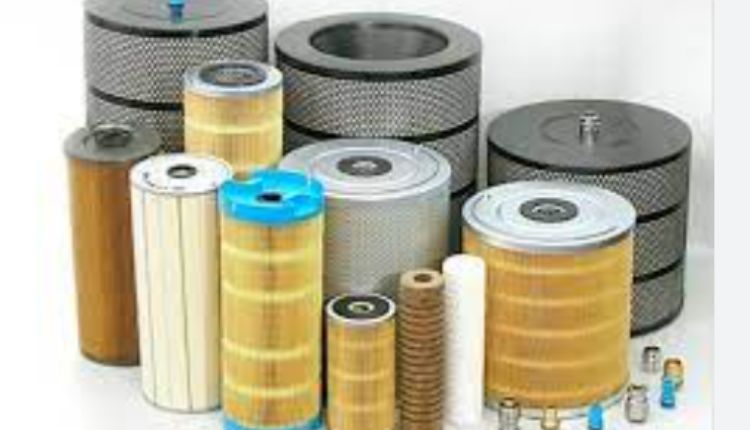With the continuous development of manufacturing technology, Electrical Discharge Machining (EDM) plays a crucial role in various fields. And as a manufacturer of EDM machines, Sodick Japan has always been pushing the boundaries of technology to provide excellent solutions to its customers. However, when discussing the performance and efficiency of Wire EDM machines, we cannot ignore a seemingly inconspicuous but essential component: the filter.
The role and importance of filters
Filters in Sodick slow wire EDM machines play a critical role. These filters are designed to remove impurities and waste materials from the cutting fluid, ensuring the stability and high precision of the machining process. This seemingly simple process actually has a significant impact on ensuring product quality and equipment longevity.
The primary function of filters is to prevent tiny particles and impurities from entering the machining area. By maintaining the cleanliness of the cutting fluid, filters help reduce equipment wear, extend its lifespan, and enhance machining precision. Additionally, filters can reduce waste production, thereby improving production efficiency and reducing costs.
For slow wire EDM machines, the quality and performance of filters are of utmost importance. Choosing the right filter type and proper maintenance ensure that the equipment remains in optimal condition, leading to higher machining efficiency and results.
How Filters Work
The working principle of the filter involves four main steps. First, the cutting fluid used in electrical discharge machining (EDM) contains waste, tiny metal particles, and other impurities. This contaminated cutting fluid initially enters the filter through pipes. Secondly, after the cutting fluid enters the filter, it passes through a filter core or mesh. This filter core is typically composed of filter paper, mesh, metal fibers, or other filtering media. These filtering media have small pores that can capture and block waste and impurities.
The third step is that after passing through the filter, the waste and impurities are physically separated, leaving behind relatively clean cutting fluid to pass through. This ensures that the cutting fluid no longer contains impurities that can affect machining quality. Finally, the clean cutting fluid flows out of the filter and is supplied to the EDM machine’s machining area. This allows the EDM machine to work in clean cutting fluid, providing high-quality cutting and machining results.
Product Features of SHF-25E EDM Filter
The SHF-25E EDM Filter utilizes a multi-layer filtration structure, where the pore size of each layer of the filter gradually decreases. This design efficiently separates waste and impurities of different particle sizes, ensuring the extremely high purity of the cutting fluid. This filter is constructed using corrosion-resistant materials, capable of withstanding corrosive components in the cutting fluid, thus extending the filter’s lifespan.
As for the future prospects of wire EDM filters, several key trends are expected. Firstly, with the development of new filter materials, the efficiency and longevity of filters are anticipated to significantly improve. Additionally, there will be a shift toward smart features, including remote monitoring, adaptive adjustments, and predictive maintenance. Environmental concerns will also play a substantial role, driving filters to achieve lower wastewater discharge and higher working fluid recovery rates.
In terms of design, integration and modularity will make filters more compact and efficient. Furthermore, advancements in technology may reduce production costs, making wire EDM technology more accessible to a broader range of industries, such as microelectronics and biomedicine. Overall, wire EDM filters are poised for opportunities in technological innovation, environmental upgrades, and expanded application


1 comment
This is a great inspiring article.I am pretty much pleased with your good work.You put really very helpful information
download Instagram video without watermark